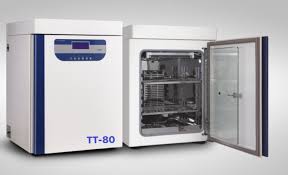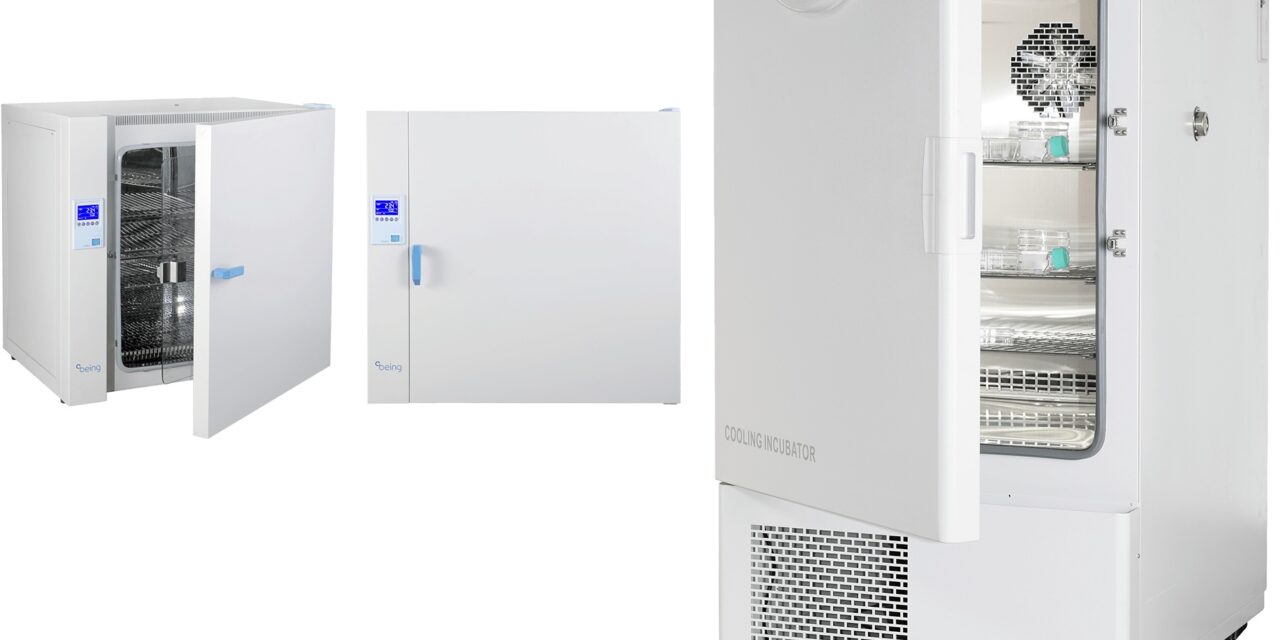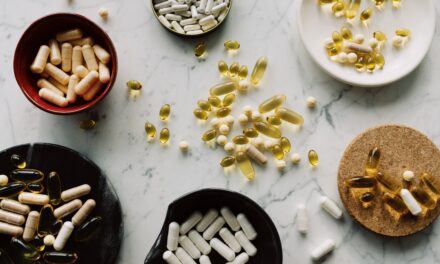Hello World, I’m Md Saiful Islam and I’m a paramedic and today I’m talking to you principle and types of Incubator.
Learning objectives:
- Principles
- Operation
- Maintenance
- Calibration
Introduction
Incubator is an equipment having a chamber of controlled atmosphere, temperature. And humidity for the purpose of maintaining. Live organisms in an environment suitable for their growth.
Microorganisms require incubation at the temperature and in the humidity and gareous atmosphere most suited to their metabolism.
Purpose
- Most common uses are
- Incubation of microbiological and cellular cultures
- Determination of the biochemical demand for oxygen (BOD) and biological storage
Types of incubator
- Incubators vary in complexity and design.
- Some only control temperature while others control the atmospheric composition as well e.g. Co2 incubators.
- Some have capacity to achieve temperature conditions below room temperature with refrigeration systems.
- Depending on design and specifications, incubators control temperatures from -10◦ c and go up to 75◦ c or slightly more.
- Some incubators have Co2 injection for achieving special atmospheric conditions at which the growth of diverse species of organisms and cells is favored.
Learn more about laboratory equipment.
Principle of incubator
Incubator uses diverse means of heat transference and environmental control to achieve conditions for specialized laboratory procedures. In general, these have a system of electrical resistors controlled by thermostats or microprocessors. As for the heat transference systems, its use condition and natural or forced convection.
Key components

- Door gasket
- Heating Element
- Cooling Ventilator
- Internal circulation ventilator
- Electronic control
- Electronic components
- Thermocouples
- Glass door (internal)
- Handle
- Body
Maintenance
- A well installed and operated it has few maintenance demands and many years can elapse before it requires any technical intervention
- When any maintenance activity is performed, it must be done according to the manufacturer’s recommendations
- Read carefully the manufacturer’s instructions
- Prepare written SOPs covering the use, care and maintenance of this.
Use and care of an incubator
- Make sure the incubator is positioned on a level surface and that none of the ventilation openings are obstructed
- Check that the power cable is lying safely
- Avoid spilling acid solutions inside this.
- These cause the incubation chamber material to deteriorate
- Whenever possible, try to use substances whose pH is neutral
- Avoid incubating substances generating corrosive vapor
- Verify the operational temperature of this in the morning and evening hours with certified calibrated instruments (thermometer, thermocouple, etc)
- Daily: Verify that the temperature in the incubator does not vary more than one degree centigrade
- Before incubating cultures and following overnight culturing of microorganisms, check the temperature
- If the incubator does not have a temperature display, a regular thermometer can be used for monitoring temperature
- Adjust the thermostat dial until the thermometer shows the correct reading, i.e. 35- 37◦c for the routine incubation of bacteriological cultures
- Clean it regularly, making sure it is first disconnected from its power supply
- Every 3-6 months (Depending on the age and condition of the incubator), check the incubator and power cable for signs of wear
- At the time of purchase, it is advisable to buy a spare thermostat and thermometer if these are of a special type and not available locally
Cleaning recommendations
- Decontamination: Any procedure which reduces the infectivity of a material or substance to safe/non infections levels
- All laboratory working surfaces and equipment exposed to the potentially infectious material(e.g. patient samples) must undergo periodic cleaning to remove micro-organisms to a level which does not pose disease risk to humans
- Clean cell culture or bacterial incubators regularly, at least every 14 days and after any infectious material spill, using appropriate disinfectants
- Disconnect the incubator before initiating the cleaning processes
- Use non-abrasive cleaning agents A piece of cloth dampened with mild detergent for cleaning easily reached interior and exterior surfaces 0.5% sodium hypochlorite solution is recommended for this purpose Wipe surface of the incubator with adsorbent pad soaked in 0.5% sodium hypochlorite. Allow to stand for 10 min Wipe off with 70% alcohol. Avoid contract between cleaning agents and electric elements Wait until the incubator is dry (free of humidity) before connecting it again
Calibration
- Use a pre-calibrated thermometer daily to ensure accuracy of temperature maintained
- Calibrate the thermometer for temperature annually
Safety or precautions
- Do not use an incubator in the presence of flammable or combustible materials as components inside of this equipment could act as ignition sources during operation
- Use personal protective elements when using the incubator
- Safety eyeglasses
- Gloves
- Tongs for placing and removing containers
- Avoid staying in front of an open it.
- Some substances emit vapors that should not be inhaled
- Before performing any repairs, verify that the incubator has been decontaminated, is clean and disconnected from the electrical feed line
CO2(Carbon dioxide) Incubator

Introduction
A co2 incubator has a cylinder of co2 attached. CO2 is periodically introduced into its to maintain a concentration of about 5% to 10%.
Principle and purpose
Micro-organisms require incubation at the temperature humidity and gaseous atmosphere most suited to their metabolism. This is used to isolate capnophiles – these are organisms that grow best in atmospheres containing increased CO2.
Learn more about this equipment click the link.




Very interesting information!Perfect just what I was looking for!
Keep working ,great job!
After all, what a great site and informative posts, I will upload inbound link – bookmark this web site? Regards, Reader.
Thanks for sharing. I read many of your blog posts, cool, your blog is very good.
You made several good points there. I did a search on the theme and found the majority of persons will go along with with your blog.
Your article helped me a lot, is there any more related content? Thanks!
Terrific work! This is the type of information that should be shared around the net. Shame on the search engines for not positioning this post higher! Come on over and visit my website . Thanks =)
Can you be more specific about the content of your article? After reading it, I still have some doubts. Hope you can help me.
Your point of view caught my eye and was very interesting. Thanks. I have a question for you.
You made some clear points there. I did a search on the subject and found most people will agree with your website.
Your article helped me a lot, is there any more related content? Thanks!
The insights are like a sunrise, bringing light and warmth to new ideas.
I believe this site has got very fantastic indited written content posts.
Every word you write sparkles with insight, like stars in my night sky. Can’t wait to navigate more skies together.
Deference to op, some good entropy.
I’m not sure exactly why but this web site is loading incredibly slow for me. Is anyone else having this issue or is it a problem on my end? I’ll check back later and see if the problem still exists.
We are a group of volunteers and opening a new scheme in our community. Your website provided us with valuable information to work on. You have done an impressive job and our entire community will be grateful to you.
I have recently started a site, the information you provide on this web site has helped me greatly. Thank you for all of your time & work.
Yay google is my world beater helped me to find this outstanding website ! .
Thank you for sharing excellent informations. Your site is so cool. I’m impressed by the details that you have on this web site. It reveals how nicely you perceive this subject. Bookmarked this website page, will come back for extra articles. You, my pal, ROCK! I found just the information I already searched all over the place and simply couldn’t come across. What a perfect web-site.
Some really good information, Sword lily I detected this.
A masterpiece of writing—you’ve covered all bases with such finesse, I’m left wanting an encore.
Truly inspirational work, or so I tell myself as I avoid my own projects.
Shedding light on this subject like you’re the only one with a flashlight. Refreshing to see someone who thinks they have all the answers.
Your article helped me a lot, is there any more related content? Thanks!
I’m extremely inspired together with your
writing abilities and also with the structure in your blog.
Is that this a paid subject or did you customize it your self?
Anyway keep up the excellent high quality writing, it is uncommon to look a great weblog like this one nowadays.
Thank you for your sharing. I am worried that I lack creative ideas. It is your article that makes me full of hope. Thank you. But, I have a question, can you help me?
Can you be more specific about the content of your article? After reading it, I still have some doubts. Hope you can help me.